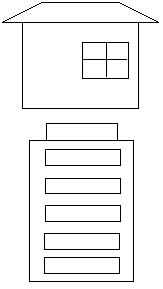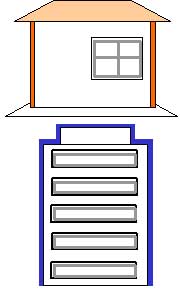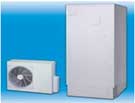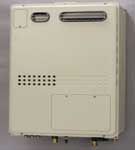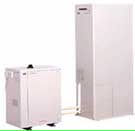II-2. Energy
Conservation Measures for the Commercial/Residential
Sector
Energy Efficient Product Retailer Assessment System
Energy Efficient Product Retailer Assessment System
| - In order to promote energy efficient products, it is essential to introduce measures for retailers, who make the contact point between manufacturers and consumers. - Recognition should be extended to retailers that actively promote energy efficient products or provide appropriate energy conservation information. - The energy efficient product retailer assessment system was introduced in FY2003. |
|
|
||
 |
